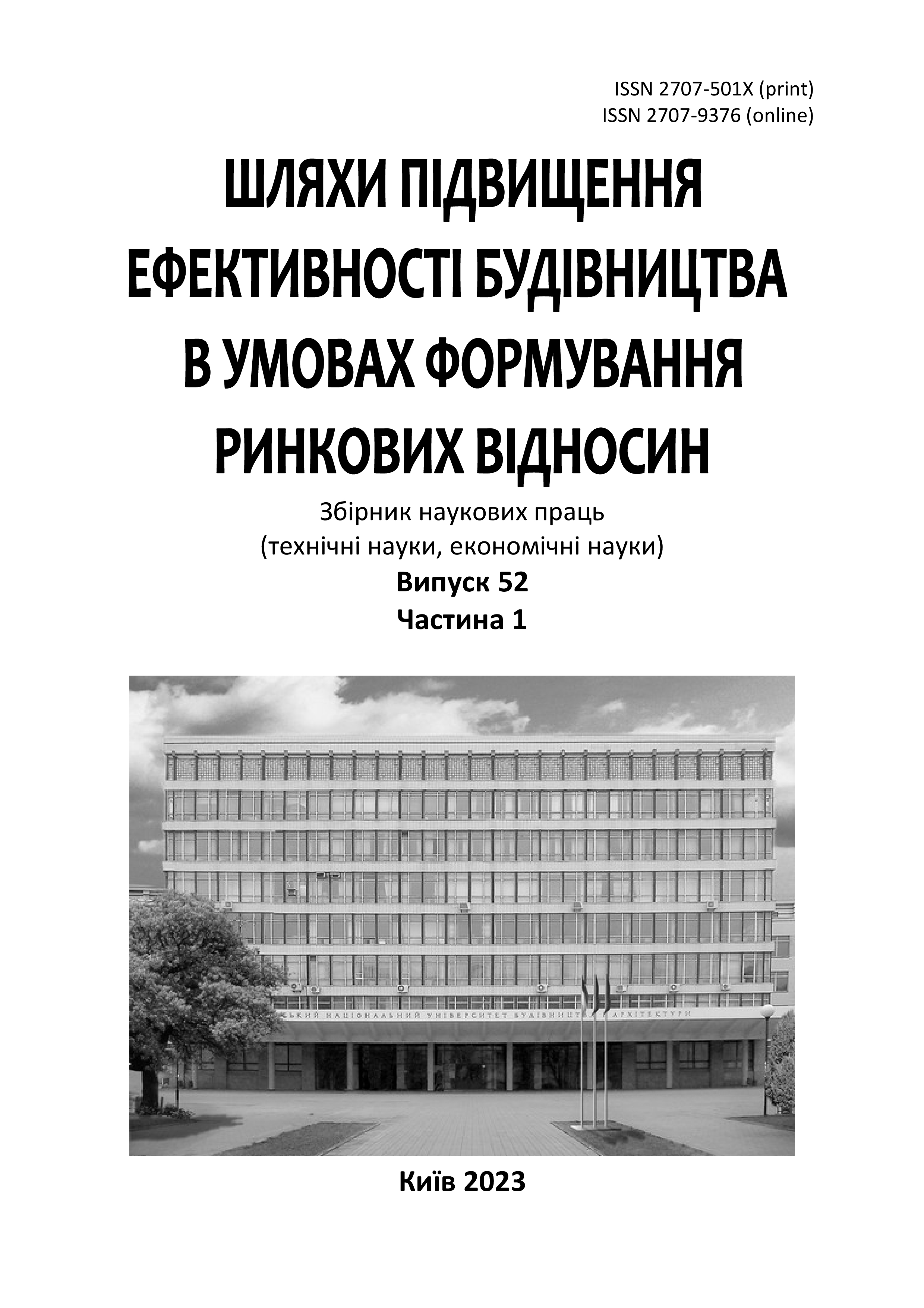The influence of hydrogen on the resistance to the formation of cracks in welded joints of water supply pipelines
DOI:
https://doi.org/10.32347/2707-501x.2023.52(1).82-89Keywords:
hydrogen, cracks, fragility, destruction, reliability, degradationAbstract
The existing scientific and practical studies of the influence of hydrogen on the parameters of crack resistance are characterized by uncertainty and contradiction, the lack of clear ideas about the mechanism of the initiation and propagation of cold cracks, and therefore there are no balanced approaches to combating the formation of cracks during the long-term operation of pipelines, and therefore additional studies are needed. It was established that with an increase in the content of diffusible hydrogen in the deposited metal, the resistance to its brittle destruction decreases sharply. Thus, with a hydrogen content of 8,1 cm3/100g in the deposited metal and a cooling rate Wohl = 4,0 0С/s, the crack initiation work Azt = 1,5 J, and at 1,5 cm3/100g, the value of Azt increases to 17,6 J, that is, more than 11 times. When the hydrogen content is higher than 5,0 cm3/100g, and Wohl = 55 0C/s, the Azt value is practically zero. It is shown that with an increase in the hydrogen content in the weld, the work of crack propagation also decreases Art. Thus, with a hydrogen concentration of 1,0 cm3/100g for a welded joint on steels 09Г2С and 17Г1С at Wohl = 4.0 0С/100g, the value of Art = 48,5 J/cm2, and when its content increases to 8,0 cm3/100g, the work of Art decreases to 18,5 J /cm2, i.e. approximately 2,7 times. A decrease in the air temperature during welding to -30...-40 0С and an increase in the concentration of dissolved hydrogen in the weld seam to 5–8 cm3/100g lead to an increase in the critical brittleness temperature by approximately 40–500С. Plastic deformations that inevitably occur in welded joints and structures, according to their nature of occurrence in the process of the technological cycle of manufacturing and operation of a welded structure, can be divided into the following groups: a) initial deformations in the base metal, which depend on the method of obtaining and processing the metal, foundry, powder metallurgy, pressure (rolling, stamping, forging); b) deformations occurring during procurement operations and assembly, cutting, straightening, bending, rolling, fixing on assembly devices; c) welding deformations arising as a result of the thermal deformation cycle of welding; d) technological deformations; d) operational deformations that may occur during operation as a result of local overloads, loss of stability, etc.
References
Панасюк В.В., Андрейкив А.Е., Партон В.З. Механика разрушения и прочность материалов: Справочное пособие. Киев: Наукова думка, 1988. 488 с.
Радкевич О.І., П’ясецький О.С., Василенко І.І. Корозійно-механічна тривкість трубної сталі в сірководневому середовищі. Фіз.-хім. механіка матеріалів, 2000. 3. С. 93-97.
Чапля О., Радкевич О., П’ясецький О., Спектор Я. Порівняльний аналіз корозійно-механічних властивостей вітчизняної сталі 20ЮЧ з іноземними аналогами. Машинознавство, 1999. 8. С. 52-56.
Василенко И.И., Мелехов Р.К. Коррозионное растрескивание сталей. Киев: Наукова думка, 1974. 265 с.
Makarenko V.D., Shatilo S.P., Astafev V.I. Methods of increasing the corrosion resistance of oil pipelines. Welding International, 1998. 12(12), 988-991. https://doi.org/10.1080/09507119809448548.
Makarenko V.D., Shatilo S.P. Increasing desulphurisation of the metal of welded joints in oil pipelines. Welding International, 1999. 13(12), 991-995. https://doi.org/10.1080/09507119909452086.
Самойленко М.І. Функціональна надійність трубопроводів них транспортних систем. Харкців: ХНАМП. 2009. 184с.
Berdnyk O.Yu., Lastivka O.V., Maystrenko A.A., Amelina N.O. Processes of structure formation and neoformation of basalt fiber in an alkaline environment. IOP Conf. Series: Materials Science and Engineering. 2020. Vol. 907: 012036. https://doi.org/10.1088/1757-899X/907/1/012036.
Downloads
Published
How to Cite
Issue
Section
License

This work is licensed under a Creative Commons Attribution 4.0 International License.
Authors who publish with this journal agree to the following terms:
- Authors retain copyright and grant the journal right of first publication with the work simultaneously licensed under a Creative Commons Attribution License that allows others to share the work with an acknowledgement of the work's authorship and initial publication in this journal.
- Authors are able to enter into separate, additional contractual arrangements for the non-exclusive distribution of the journal's published version of the work (e.g., post it to an institutional repository or publish it in a book), with an acknowledgement of its initial publication in this journal.
- Authors are permitted and encouraged to post their work online (e.g., in institutional repositories or on their website) prior to and during the submission process, as it can lead to productive exchanges, as well as earlier and greater citation of published work (See The Effect of Open Access).

